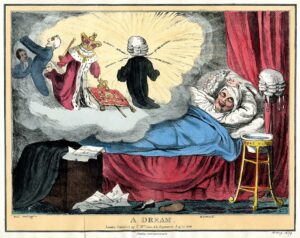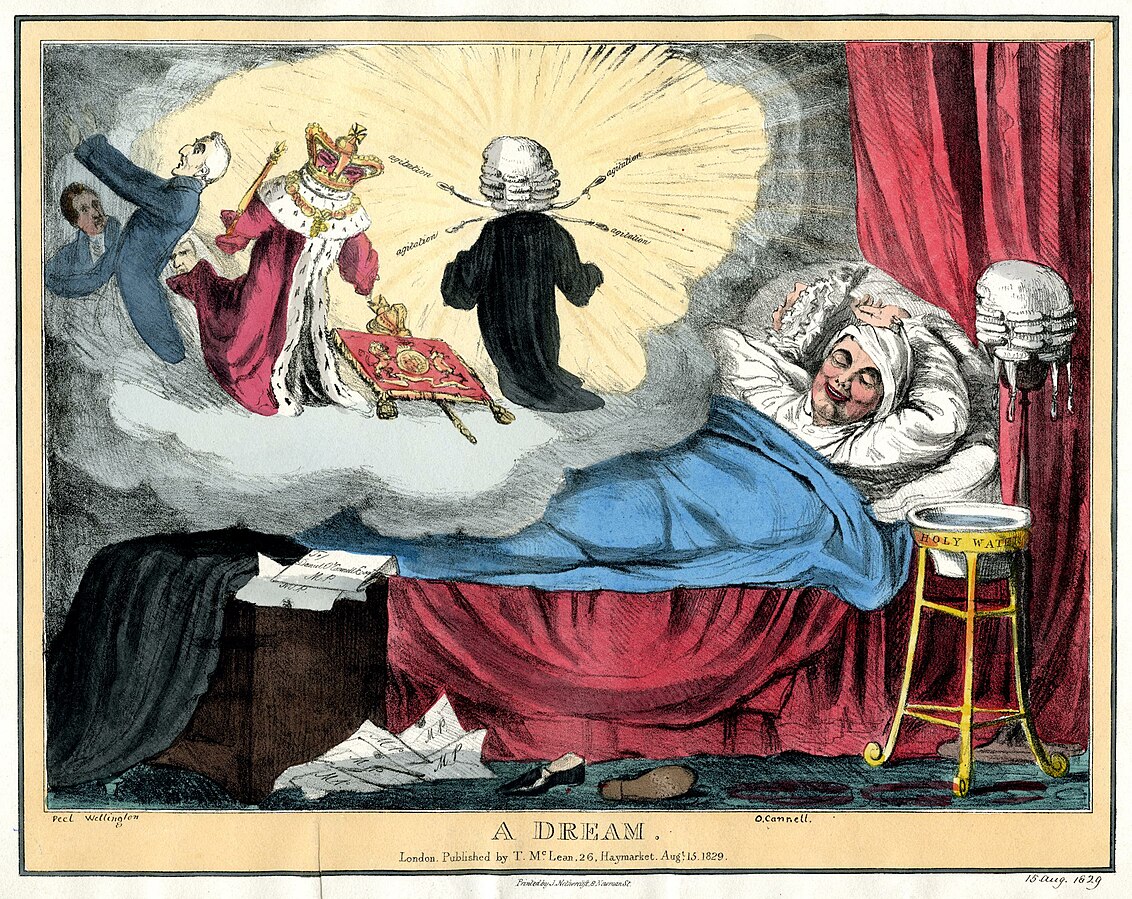Exhaustion after sleep can be tied to various factors, from sleep disorders to disruptions in the sleep cycle. However, one often overlooked reason is the dreams themselves. Centuries of psychologists, neurologists, and even religion have sought to figure out the meaning of dreams. Are they simply a mirror of everyday life, or do they hold deeper meanings? This blog will delve into the psychology of dreams and the unconscious state of mind.
The Science Behind Dreams: When does the mind stay active?
Dreams occur in the sleeping phase called rapid eye movement sleep or REM. During this phase, our brain activation is closest to when we are awake, making it very easy for vivid dreams to occur. This brain activation, combined with “sleep paralysis,” which inhibits movement, and our emotions and feelings from the day all produce our dreams. Leading to a high level of neural activity, the intense dreams can begin impacting the dreamers emotionally and cognitively.
About 65 percent of dreams come from memories of people and places. Recalling events in the conscious mind is different from in the unconscious, as it may be jumbled and out of order. There is no logic to memory in one’s dreams, except on one occasion, with a traumatic memory, the dreams will be repetitive, vivid, and usually how you would remember in the conscious mind. Dreams can also be traced to unconscious memories. These memories are not necessarily accessible to our conscious awareness but impact us subtly, which may reveal hidden parts of our mind. These fears, desires, and conflicts that are rooted in the unconscious mind can help us gain valuable insight about who we are and even some unresolved issued from our past. Efrat Ginot (2015) believes that dreams are a way for the unconscious mind to seep into the conscious state of mind.
Freud vs. Jung: The Unconscious Mind
 Sigmund Freud, an Austrian neurologist, developed the iceberg theory to explain the mind. He separated the mind into three categories; the conscious, preconscious, and unconscious. The conscious is in charge of thoughts and ideas that are currently on one’s mind, while the preconscious — some may refer to this as the subconscious — is information that can be recalled from memories. It works closely and impacts the conscious. However, the most important part of the iceberg theory is the unconscious state of mind. This is the lowest part of the iceberg that is hidden in the depths of the ocean. In the unconscious state of mind, our impulses and repressed ideas are stored deep within our minds. This means that the information in the unconscious is inaccessible and hidden from the conscious state of mind. The unconscious holds no concept of the conscious and is irrational, impacting the behaviors that seem out of place or out of the “ordinary.”
Sigmund Freud, an Austrian neurologist, developed the iceberg theory to explain the mind. He separated the mind into three categories; the conscious, preconscious, and unconscious. The conscious is in charge of thoughts and ideas that are currently on one’s mind, while the preconscious — some may refer to this as the subconscious — is information that can be recalled from memories. It works closely and impacts the conscious. However, the most important part of the iceberg theory is the unconscious state of mind. This is the lowest part of the iceberg that is hidden in the depths of the ocean. In the unconscious state of mind, our impulses and repressed ideas are stored deep within our minds. This means that the information in the unconscious is inaccessible and hidden from the conscious state of mind. The unconscious holds no concept of the conscious and is irrational, impacting the behaviors that seem out of place or out of the “ordinary.”
On the other hand, Carl Jung, who worked closely with Freud, believed in what is called the “collective unconscious.” Jung believed that the unconscious was inherited from ancestors and is ultimately shared by all people. Different to Freud, Jung thought that the collective unconscious could be tapped into in moments of crisis, making it not completely inaccessible. The unconscious mind had specific archetypes, belonging to the personality of a person, that would influence behaviors. These archetypes were also passed down by ancestors and included the persona, the shadow, the anima/animus, the self, and many more. Dreams, on one hand, revealed insight into the collective unconscious, and these specific dream symbols had universal meaning across cultures. However, he also believed that dreams were very personal and that one was only able to interpret dreams if they had a relationship with the dreamer.
Culture: Dreams as Sacred Messages
 Dreams also hold significance beyond psychology, shaping cultural and spiritual beliefs across societies. The exhaustion that follows after a dream-filled sleep may then stem from the intensity of the unconscious mind engaging with our dreams. A study in Geneva and Toronto compared the dreams of forager communities in Tanzania and DRC with those in Europe or North America. This showed that Western dreamers focused more on personal stress and anxiety while the forager groups had more cathartic dreams. This shows that culture profoundly influences the emotional aspect of dreams. Throughout history, many civilizations have connected deep meanings with dreams, with ancient Egypt considering dreams as messages from deities and spirits of the dead. Similarly to this, Indigenous cultures in North America have viewed dreams as sacred, a way to connect to a universal conscious, guided by animal and ancestral spirits. The connection between dreams and the conscious mind remains a mystery and is still deeply researched. Whether you believe in Freud’s repressed primitive desires, Jung’s collective unconscious, or even your own cultural or religious lens, dreams serve as a powerful and insightful pathway to understand one’s self.
Dreams also hold significance beyond psychology, shaping cultural and spiritual beliefs across societies. The exhaustion that follows after a dream-filled sleep may then stem from the intensity of the unconscious mind engaging with our dreams. A study in Geneva and Toronto compared the dreams of forager communities in Tanzania and DRC with those in Europe or North America. This showed that Western dreamers focused more on personal stress and anxiety while the forager groups had more cathartic dreams. This shows that culture profoundly influences the emotional aspect of dreams. Throughout history, many civilizations have connected deep meanings with dreams, with ancient Egypt considering dreams as messages from deities and spirits of the dead. Similarly to this, Indigenous cultures in North America have viewed dreams as sacred, a way to connect to a universal conscious, guided by animal and ancestral spirits. The connection between dreams and the conscious mind remains a mystery and is still deeply researched. Whether you believe in Freud’s repressed primitive desires, Jung’s collective unconscious, or even your own cultural or religious lens, dreams serve as a powerful and insightful pathway to understand one’s self.
Montiel is a guest blogger at UITAC Publishing. UITAC’s mission is to provide high-quality, affordable, and socially responsible online course materials.
Images Used:
- “Diagram of Freud’s Psychoanalytic Theory of Personality” by Janelle.teoh.19 at Wikimedia Commons licensed using Creative Commons Attribution-Share Alike 4.0 International This image has not been altered.
- “A Dream” by Robert Seymour, McLean, Netherclift at Wikimedia Commons licensed using Creative Commons Attribution-Share Alike 4.0 International This image has not been altered.




